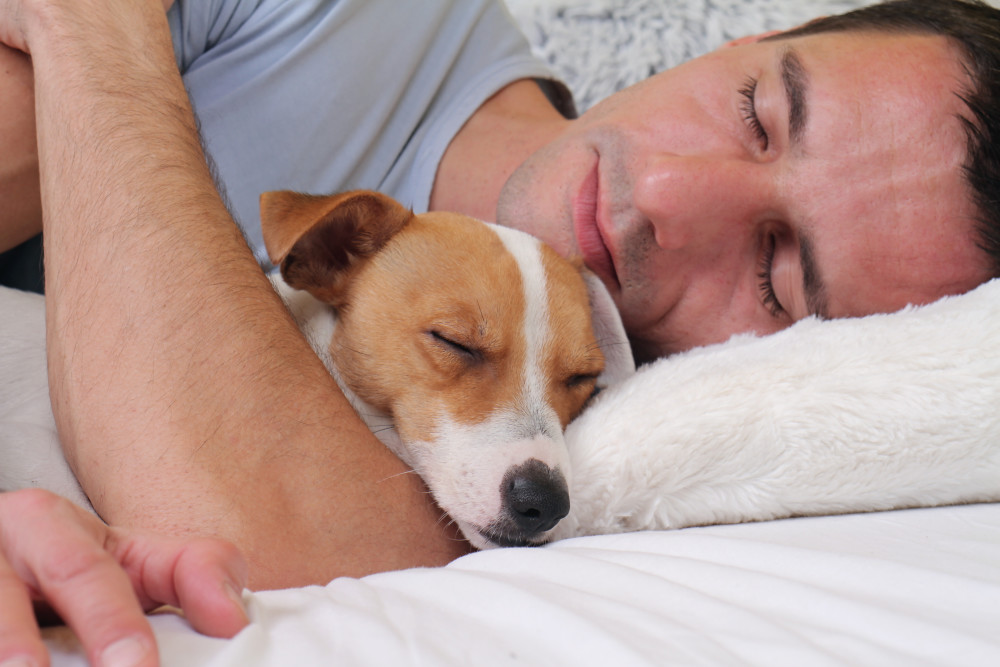Winter and spring allergies can be a big nuisance. Add in an infection only complicates matters. Allergies target the nose and sinuses – a huge nuisance because we need to breathe, talk, and eat with our mouth and throat. A sore throat that lasts a long time is miserable. So what can we do to fight these infections?
Allergies are present in at least a quarter of the population and will affect the eyes, nose, sinuses, throat, lungs, and skin, but a virus can affect the same areas. Non-allergens, called non-allergic rhinitis, can affect the eyes, nose and throat. Let’s help you to try and differentiate between an allergy, virus or infection, or non-allergic.
Know Your Allergies – Get a Skin Test
Allergy equals itch. Histamine is the major player. Our white blood cells have pre-made histamine in them. If you are allergic you can release histamine when there is a trigger. Histamine causes itching of the nose, eyes, sneezing, nasal congestion, drainage, but itching is the key: histamine equals itch – but you just can’t assume you are allergic. Skin testing is the best way to know if you are. The testing process is simple and can be done in our office. It provides valuable information, and can help reduce the need for too much medicine or the wrong medicine.
Dust Mites & Mold
Winter allergies are generally indoor allergens, which include dust mites and mold. Dust mites crawl all over our bodies and eat skin scales, and they like warm and cozy surroundings. So our beds, clothing, and upholstered furniture can contain a higher content.
To get rid of dust mites, keep humidity in your home or business below 50% and wash the sheets in hot water every week. You can even purchase a mattress and pillow cover that is comfortable to sleep on underneath the bed sheets. Minimize your clothing in the closet next to the bed by placing some clothing in a different room. Washing with hot water and detergent can kill the dust mites and wash off any fecal particles, or dust mite parts, that are in the material.
Mold typically has an odor and can be associated with water leakage. If you suspect mold you should investigate the source – a leaky roof line, a leaky water pipe, leaky shower, and the like – removing material to get a good look behind the sheetrock. If you do find mold, wear protective gear and buy a specific mold spray called “fungicide,” and you can remove the mold, and damaged surfaces, and repair the leak. If the presence of mold is extreme, then it should be addressed by a professional.
Pet Allergies
Another winter allergen is the presence of household pets. Pets may create allergic problems. By keeping the pet out of the bedroom, washing the sheets in hot water every week, and using mattress and pillow covers, you should be able to better tolerate the company of your beloved pet and minimize allergic reaction.
If you and your pet like to snuggle on the special chair, then place a bed sheet or a blanket that you and the pet can lay on, and wash that covering every week to reduce the allergens. Vacuuming every few days and using a HEPA filter on a vacuum cleaner is also helpful. Be careful with excessive brushing or washing of your pet because this may increase dry skin and spreading of animal hair.

A central vacuuming system is the best way to reduce allergens, including pet allergens in a home, because the dust exhausts outside of the house. When vacuuming, the allergic individual should stay away for up to an hour and a half, since all of the allergens in the carpet and furniture are going to be airborne, it takes approximately that long for everything to settle back down.
Non-Allergic Rhinitis
Non-allergic rhinitis means that things around you can irritate the eyes, nose, and sinuses. Odors, dust, and wind can cause your nose to drip, your eyes to water, and maybe itch. This itch is due to dryness, not allergy. So, when you walk outside in the cold and your nose runs, that is not allergy. If you smell odors and your nose runs that’s not allergy but non-allergic rhinitis. So irritants are a bigger problem in the winter due to closing up the house. There is always an increase in non-allergic rhinitis complaints during the holidays because of all the increased activity, such as decorating the house and cooking.
Pine Sap & Turpentine
Interestingly, pine tree sap is related to the production of turpentine. Pine trees brought into the house, fragrant candles, and even some medicinal remedies contain turpentine. Turpentine is manufactured from certain pine trees. Turpentine can irritate the nose, eyes, and lungs. Individuals who complain of allergy to their pine tree are most likely feeling irritation from turpentine.

Turpentine and other volatile chemicals are commonly used in paints, varnishes, wood finishes, and medicinal products to treat wounds, prevent lice, and chest rubs like Vicks. Turpentine is also used in cleaning and sanitary products. Good ventilation, eliminating volatile chemicals, nasal decongestants, nasal sprays and rinses can help. In the case of turpentine and similar chemicals, antihistamines are not needed since it is not a histamine problem.
Infections
An infection is typically going to manifest itself with multiple areas being affected: if you have a runny nose and a sore throat or maybe you feel achy in the shoulders or in the chest, drainage is typically clear, but can change to yellow or green, sneezing can accompany this. Coughing, of course, is more viral than allergy. Wheezing most often accompanies asthma. Taking over-the-counter pain relievers and taking drying or decongestants can help you clear the nose and sinuses.

